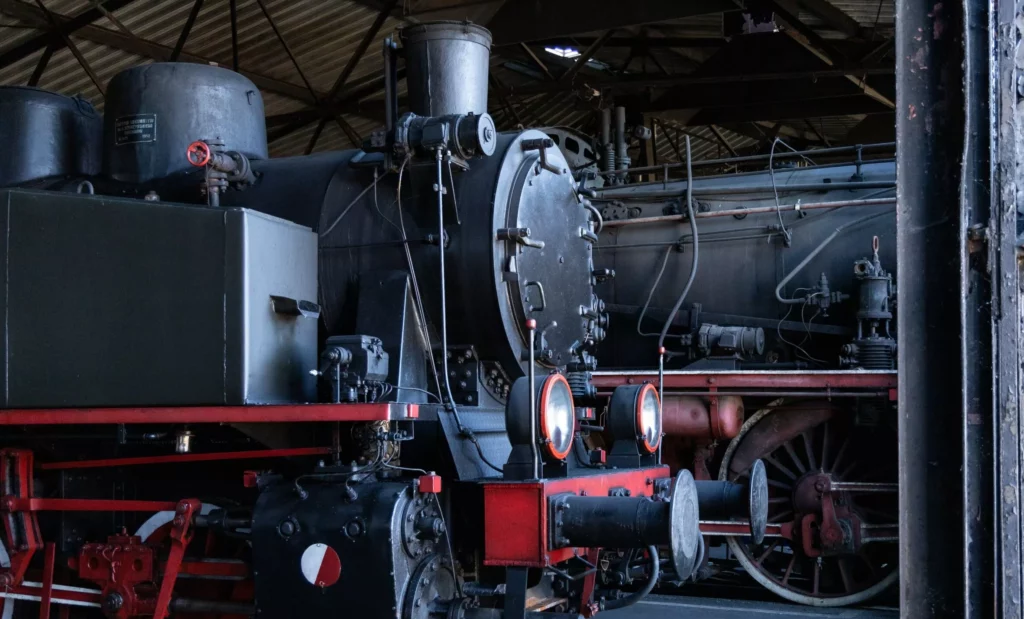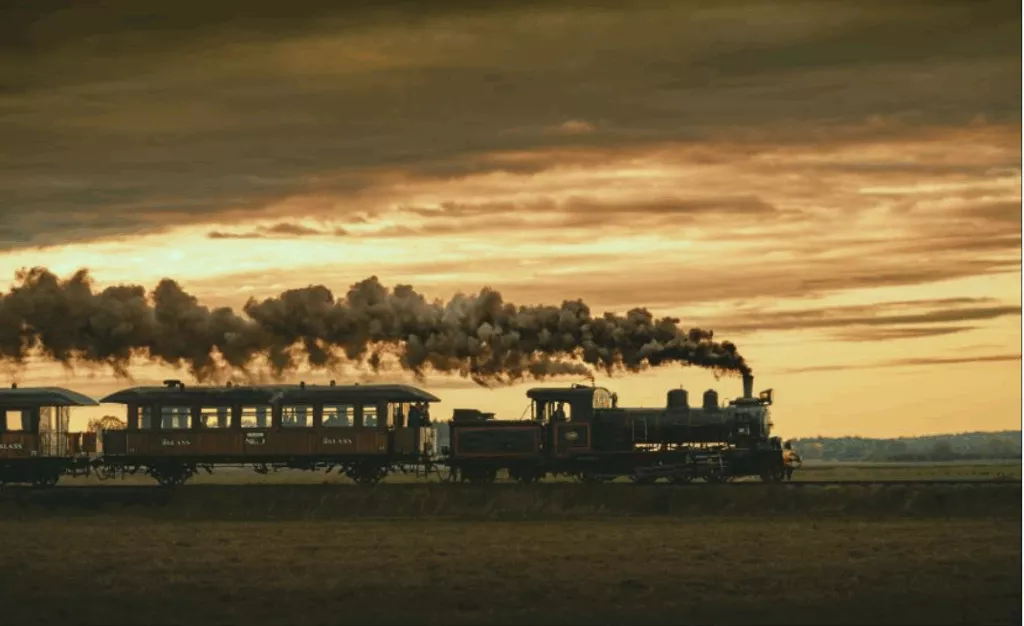We are all aware of the challenge we face linked to fossil fuels. The preservation of our moving cultural heritage is also dependent on being able to not only show a moving locomotive but also how it came forward with the help of coal or diesel.
The Swedish organizations have made a joint effort to work with the climate issue linked to the conservation of steam locomotives and diesel locomotives, which continue to operate both their own closed railway systems but also the large main network.
A hybrid Meeting was held in Stockholm with Dr Reinhard W. Serchinger 8 th of May. Dr Serchinger has acted as a consultant to the Swedish operations in the issue of climate change and coal. On 8-9 May, the results of the report were presented, and equipment was shown for alternatives to coal in steam locomotives.
The event lasted for two days where day 1 was in Gävle and Dr Serchinger demonstrated his burner on one of the Swedish Railway Museum’s steam locomotives. Most enthusiasts from Norway and Sweden were present to watch the test that took place.
On day 2, a hybrid meeting was held in English in Stockholm where Dr Serchinger presented the two reports, he produced for fossil fuels that are available in Sweden and linked to the Swedish locomotives that exist. The webinar was well attended, and it was both people on site in the room but also most individuals from different parts of Europe who listened over the internet.
The Swedish organization MRO will soon both post a film on the presentation that took place by Dr Serchinger and share reporters and powerpoint. The material should only be edited first before it is made public.
The Swedish climate target of net zero greenhouse gas emissions by 2045 at first glance poses a serious threat to Swedish museum railways, especially to their steam locomotive operations. Once the burning of coal, the primary fuel of steam locomotives, is completely banned, will museum railways be exempted from the ban? And even if derogation is granted again and for good, will they be able to get coal at all? If coal is no longer used, its distribution infrastructure will disappear. Even if that problem is overcome by direct imports, will coal be mined at all anywhere in the world? Which of the coals still mined is suitable for steam locomotives? Which price can be expected? Are there fossil- free alternatives that do not destroy the historical authenticity of the steam locomotives?
All these issues are addressed here. The different role of museum railways in contrast to both the transportation business and tourism is made clear. The environmental effects of emissions from coal-burning steam locomotives (CO2, noxious gas and particulate emissions) are discussed in detail and comparisons given to other human activities. Methods to reduce the carbon footprint even under the conditions of fossil coal operation are explained. Coal specifications are given, and sources of suitable fossil coals are identified. Alternative fuels are also considered. Finally, cost concerns and necessary political lobbying to ensure long-term viability, both financially and politically, are addressed and recommendations for future actions given.
webpage adress for where the seminar will be uploades after editing so you get it here: https://www.museibanorna.se/
Mimmi Mickelsen





